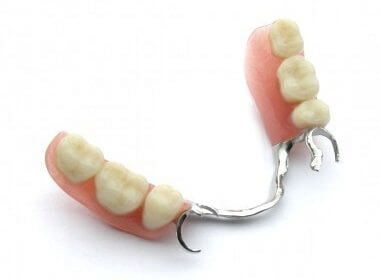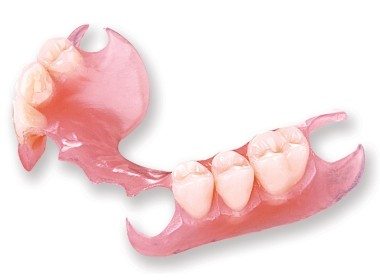The Centers for Disease Control and Prevention estimates that 10-20% of people have metal allergies or sensitivities. The most common metal allergy is nickel, but sensitivities to beryllium and cobalt are also of concern. Each of these three metals is used in dental restorations, usually as one component of an alloy. The signs of a metal sensitivity reaction to a dental restoration can be subtle. Often it is simply inflammation around the restoration which can be easily mistaken for simple gum disease.
Many people are also concerned about silver fillings, which are actually around 50% mercury.
Fortunately, ceramic, composite, and plastic technologies have advanced enough that metal-free restorations are now not only possible, but have some advantages over metallic restorations.
Metal-Free Crowns
In the past, crowns were made of feldspathic porcelain that was fused to a metal base to give it the needed strength. The drawbacks of this method were threefold. Aesthetically, porcelain fused to metal crowns don’t have the same translucency as natural teeth because they must be opaque enough to hide the metal base. In addition, as the gums recede through the years, the old-fashioned crowns eventually show the characteristic black gumline that makes crowns so obvious. And finally, many people have sensitivities and allergies to metal. Dr. Dennis offers two different types of metal-free crowns.
e. max Crowns
Breakthroughs in bonding technology along with the introduction of stronger ceramic materials have made it possible to create crowns without the need for a metal base. For this type of crown, Dr. Dennis uses a process call e. max. This means she has a crown made of an extra-strong ceramic, and then she shaves back the top layer and applies a layer of feldspathic porcelain, which is considered by some to be the most beautiful form of porcelain.
CEREC Crowns-in-a-Day
The second type of metal free crown offered by Dr. Dennis is called a CEREC crown. It is milled by a computer, using CAD-CAM technology, from a single piece of extra-strong ceramic in our office. This means that in addition to having a natural-looking, all-porcelain crown, you can avoid the temporary crown and the second appointment and actually walk out with your crown the same day the tooth is prepared.
Click here to read more about CEREC Crowns.
Metal-Free Partial Dentures
New flexible, tough plastics eliminate the need for metal frameworks for removable partial dentures. An added bonus—these partials are more esthetic and more comfortable.
Metal-Free Composite Fillings
While some people call them silver fillings, they are more accurately called amalgam fillings. Amalgam is the technical term for any alloy with mercury. There is actually more mercury than silver in these fillings, and they contain other metals such as copper, zinc, and sometimes tin. Dr. Dennis does not place these fillings. She uses the newer composites, which have several key advantages. They bond to the teeth and strengthen them, where the amalgam fillings weaken the teeth. They also require less drilling away of healthy tooth structure, and they look better.
If you have an interest in metal-free dentistry, call us or request an appointment.

